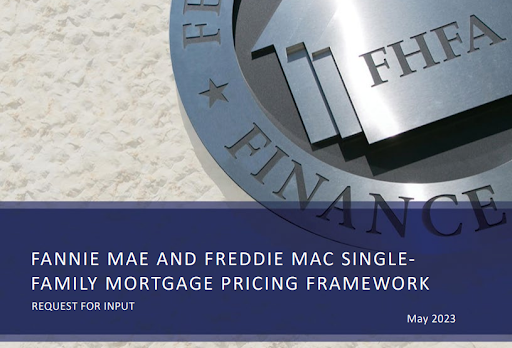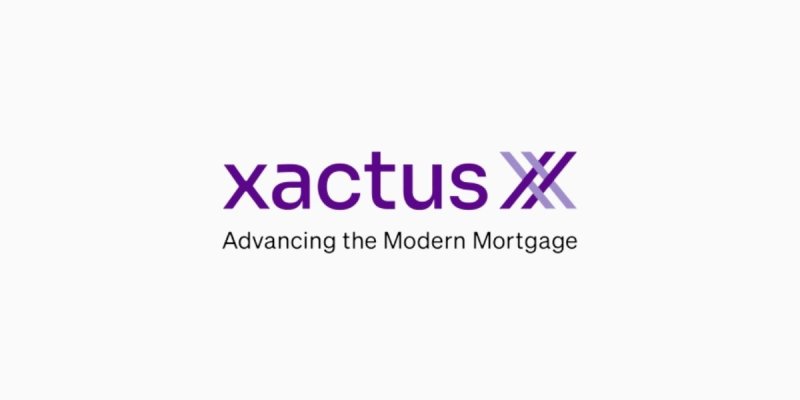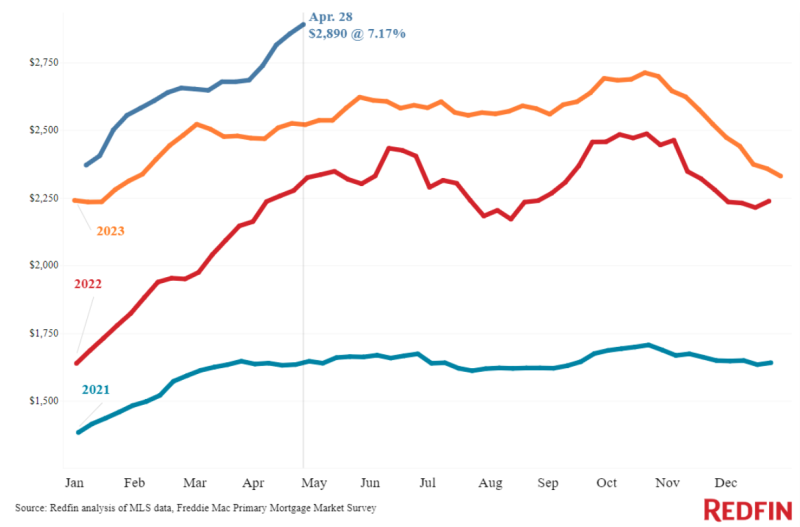
FHFA Seeks Input On Update To GSEs’ Single-Family Pricing Framework

FHFA also seeking input on the process for setting the GSEs’ single-family upfront guarantee fees.
The Federal Housing Finance Agency (FHFA) on Monday issued a Request for Input (RFI) on Fannie Mae and Freddie Mac’s single-family pricing framework.
The RFI seeks public feedback on the goals and policy priorities that FHFA should pursue in its oversight of the pricing framework for the government-sponsored enterprises (GSEs), the agency said.
FHFA said it is also seeking input on the process for setting the GSEs’ single-family upfront guarantee fees, including whether it is appropriate to continue to link upfront guarantee fees to the Enterprise Regulatory Capital Framework (ERCF), which was established in 2020 and has a significant impact on the risk-based pricing component of the GSEs’ guarantee fees.
“Through this RFI, FHFA seeks input on how to ensure the pricing framework adequately protects the enterprises and taxpayers against potential future losses; supports affordable, sustainable housing and first-time homebuyers; and fosters liquidity in the secondary mortgage market,” said FHFA Director Sandra L. Thompson. “We are committed to being transparent and to considering views from a diverse set of stakeholders and market participants.”
Both Fannie Mae and Freddie Mac were placed in conservatorship under FHFA in September 2008. Since then, the GSEs have been required to meet specified return on capital thresholds.
“In light of the significant increase in regulatory capital requirements and an updated view of the risk of different loan characteristics in the ERCF,” the agency states in the RIF, “FHFA in the 2022 and 2023 Conservatorship Scorecards for Fannie Mae and Freddie Mac instructed the enterprises to ‘Update the current pricing framework to increase support for core mission borrowers, while ensuring a level playing field for small and large sellers, fostering capital accumulation, and achieving viable returns on capital.’”
Guarantee fees are intended to cover the GSEs’ administrative costs, expected credit losses, and cost of capital associated with guaranteeing securities backed by single-family mortgage loans.
In 2022, the GSEs began using the ERCF for measuring the profitability of new mortgage acquisitions, among other purposes, and FHFA began taking a series of steps to update their single-family guarantee fee pricing framework to better align the pricing and capital frameworks.
In January, the FHFA announced changes to the single-family pricing framework for the GSEs by introducing redesigned and recalibrated upfront fee matrices for purchase, rate-term refinance, and cash-out refinance loans.
Some of the changes have since been criticized for forcing consumers with stronger finances to subsidize those who need help.
Anyone interested may provide written input, feedback, and information on all aspects of the new RFI by Aug. 14. Comments may be submitted via FHFA’s website (select “Enterprises’ Single-Family Mortgage Pricing Framework” from the pull-down menu) or mailed to the Federal Housing Finance Agency, Office of Capital Policy, 400 7th Street, S.W., Washington, DC 20219.




